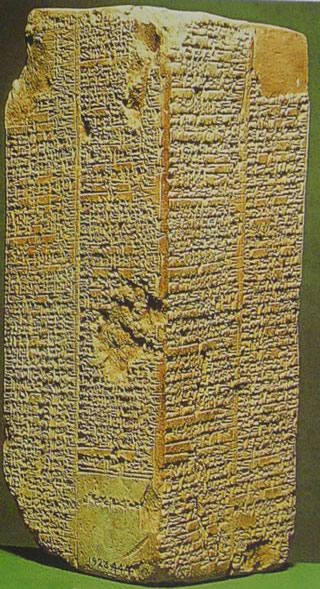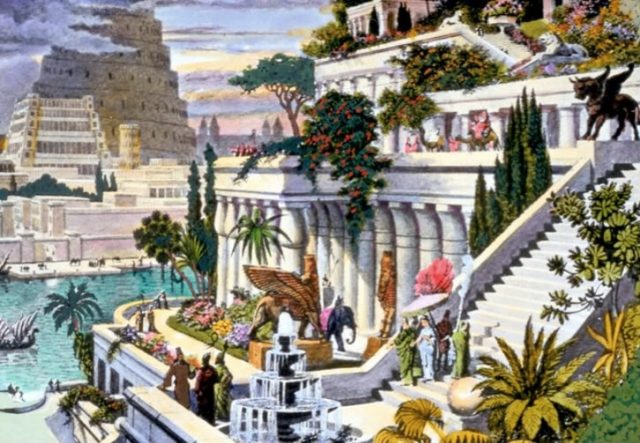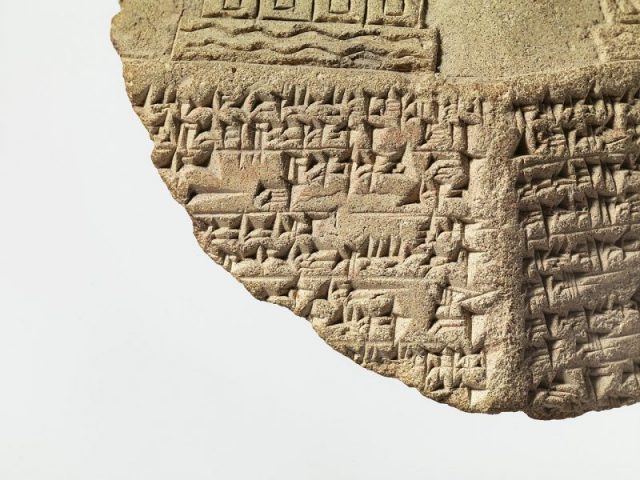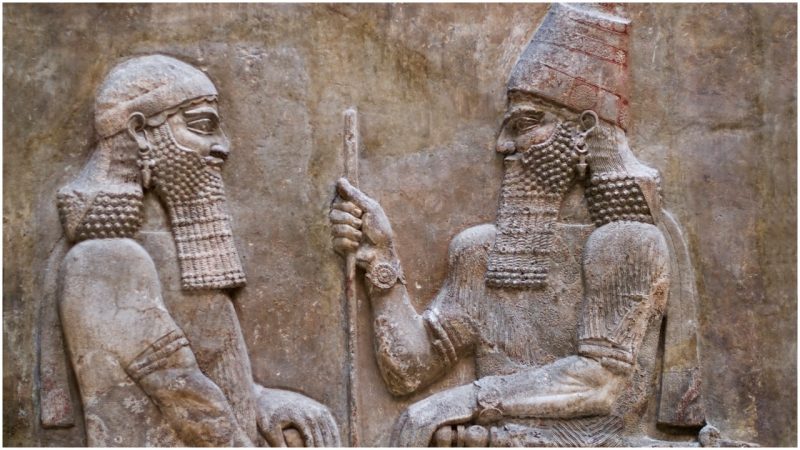Throughout history, and across cultures, the solar eclipse is a phenomenon that has exercised a powerful hold over human imaginations. The sudden disappearance of the sun and the darkening of bright, clear skies appeared to many people to be an ominous portent of death and destruction.
In ancient Mesopotamian cultures, for example, solar eclipses were taken particularly seriously. According to Sarah Graff, curator at the Department of Ancient Near Eastern Art at the Metropolitan Museum of Art, an eclipse was seen as a direct threat to the life of the king, and extreme measures were taken to protect him, including installing a “substitute” in his place.

During the Bronze Age, the area between the Tigris and Euphrates rivers, known as Mesopotamia (roughly modern day Iraq) was home to a number of important and sophisticated civilizations. The Sumerian, Akkadian, Assyrian and Babylonian empires all rose and fell between 3100 BC and 539 BC, ruling part or all of the region in succession.
In ancient Mesopotamian societies, astronomy was an important source of knowledge, and priests and astronomers would regularly scrutinize the skies, seeking guidance on matters of politics, economy, and government. Astral events were interpreted as important signs, indicating auspicious moments for action, and providing warnings for difficult times ahead.

According to Graff, solar eclipses were regarded as the most significant of all astronomical phenomena and were understood as portents of evil. Specifically, a solar eclipse indicated that the gods were angry with the king, and usually suggested that a terrible fate awaited him.
A divine threat against the king was more than a personal problem — it threatened the entire power structure of Mesopotamian society and therefore required drastic action.

In order to protect the king — and by extension the rest of society — a temporary substitute was put in his place. In effect, this substitute king was a sacrifice who would absorb the divine punishment of the gods and thereby protect the real king.
In the Akkadian Empire, the substitute was known as the šar pûhi and he was often drawn from the lower strata of society. He was also often referred to as a “farmer” in order to be sure to distinguish him from the true king.

The process of installing the substitute was subject to a number of important rituals. The šar pûhi, once selected, was dressed in royal robes and invested with kingship. He was given a woman to be his queen and together they would take the place of the real royal couple.
According to Graff, the co-presence of the king and the substitute king was, in some sense, a metaphor for the eclipse itself, when the moon and sun appeared in the sky in the same moment and the same place. This situation could not endure, and once the danger posed by the eclipse was deemed to have passed, the šar pûhi and his queen were executed.
Although the true king might be willing to allow a substitute to take whatever divine punishment was in store, he certainly did not want a rival claimant to his throne.
The phenomenon of substitute kings is well attested in ancient Mesopotamian sources, and the names and identities of some of these unlucky victims have been passed down to us. Although the šar pûhi was usually drawn from humble origins, in some cases he was selected from among the local elite.

According to Graff, in the 7th century BC, an eclipse threatened the life of the crown prince Shamash-Shum-ukin, the ruler of the Babylonian territories of the Assyrian Empire.
A young man named Damqi, a son of the local Babylonian ruler, was put in his place and subsequently killed, possibly in a show of Assyrian power to the local, antagonistic Babylonian elites.

However, in a surprising turn of events, one šar pûhi managed to transcend his humble beginnings and outlive the king he was supposed to replace. In 1861 BC, King Erra-imitti, who ruled the city-state of Isin in southern Iraq, is reported to have died after eating a very hot bowl of broth.
Read another story from us: The Epic of Gilgamesh – History’s Oldest Great Work of Literature
Luckily, his šar pûhi, a humble gardener named Enlil-bani, was still alive. According to legend, he took the king’s place and ruled successfully for a further 24 years.
